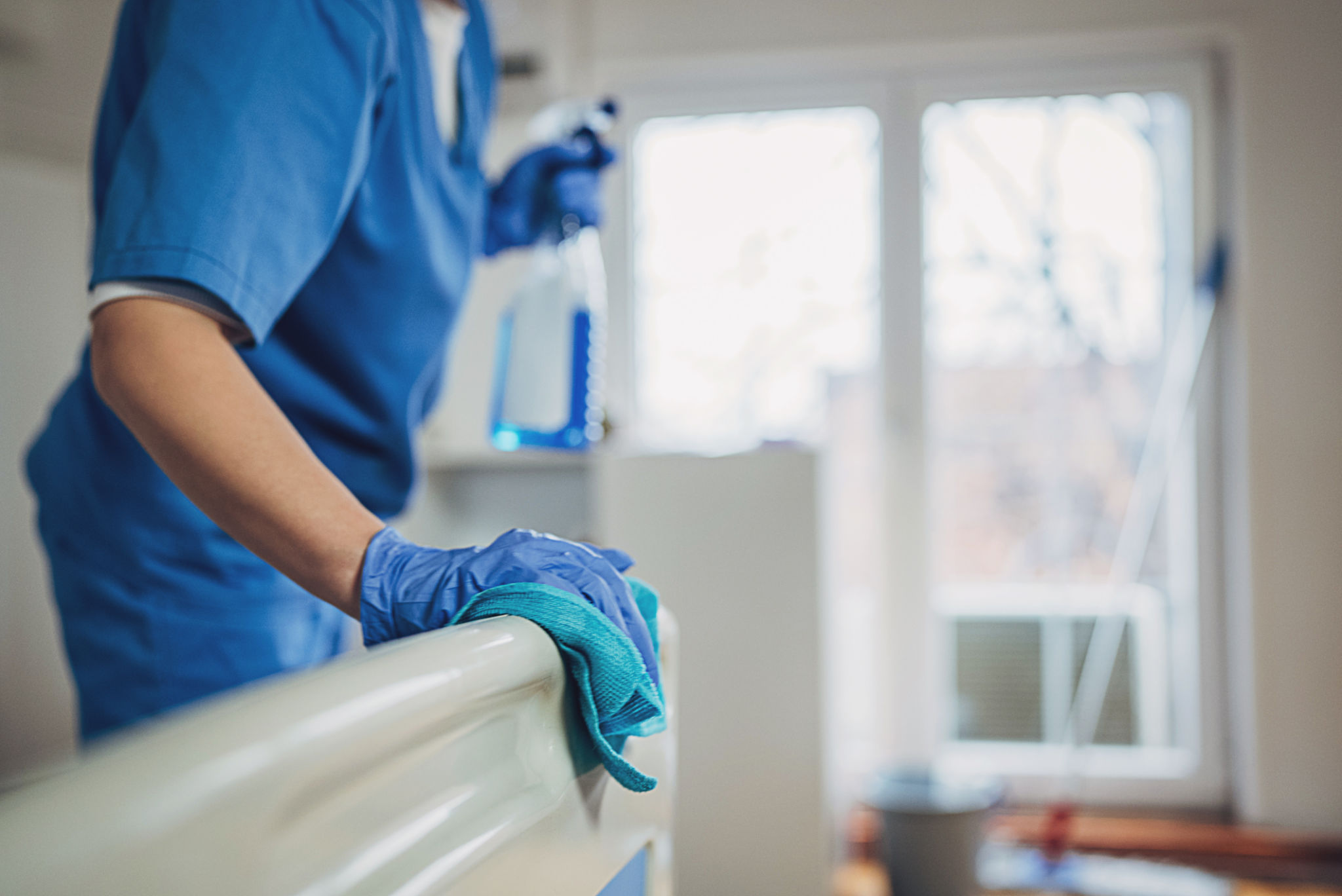Expert Advice: Maintaining Hospital Cleanliness Standards in Wisconsin
The Importance of Hospital Cleanliness
Maintaining cleanliness in hospitals is crucial for ensuring patient safety and preventing the spread of infections. Hospitals in Wisconsin, like those elsewhere, must adhere to stringent cleanliness standards to safeguard patients, staff, and visitors. These standards help in reducing healthcare-associated infections (HAIs), which can have severe implications on patient health and hospital operations.

Understanding Wisconsin's Cleanliness Regulations
Wisconsin hospitals are required to comply with both federal and state regulations. The Centers for Disease Control and Prevention (CDC) provides guidelines that are essential for infection control. Furthermore, the Wisconsin Department of Health Services ensures these guidelines are enforced at the state level. Hospitals must adopt practices that align with these regulations to maintain high cleanliness standards.
Regular audits and inspections by health authorities are conducted to ensure compliance. Non-compliance can lead to penalties, including fines and, in severe cases, revocation of operating licenses. Therefore, hospitals must consistently evaluate their cleaning protocols.
Best Practices for Maintaining Cleanliness
To maintain cleanliness, hospitals should implement several best practices. These include:
- Using disinfectants that meet the Environmental Protection Agency (EPA) standards.
- Ensuring frequent and thorough cleaning of high-touch surfaces such as doorknobs, bed rails, and medical equipment.
- Implementing rigorous hand hygiene protocols among staff and visitors.

Staff training is another critical aspect of maintaining cleanliness. Regular workshops and training sessions should be conducted to keep staff updated on the latest cleaning techniques and products.
The Role of Technology in Enhancing Cleanliness
Technological advancements have significantly improved hospital cleanliness standards. Hospitals in Wisconsin are increasingly adopting automated cleaning solutions, such as UV light disinfection systems and advanced air filtration technologies. These innovations help in reducing cross-contamination and ensure a safer environment for patients and staff.
Additionally, electronic monitoring systems can track cleaning activities, ensuring adherence to schedules and protocols. This data-driven approach allows hospitals to identify areas that require more attention, enhancing overall cleanliness efficiency.

Challenges Faced by Hospitals
Despite advancements, hospitals face several challenges in maintaining cleanliness. Budget constraints can limit the adoption of new technologies or increase staffing for cleaning duties. Moreover, high patient turnover rates can strain existing resources, making it difficult to maintain consistent cleanliness standards.
Another challenge is resistance to change among staff members who may be accustomed to traditional cleaning methods. Continuous education and demonstrating the value of modern techniques are vital for overcoming this resistance.
The Future of Hospital Cleanliness
The future of hospital cleanliness in Wisconsin looks promising with ongoing research and development in cleaning technologies. As hospitals continue to prioritize patient safety, investments in innovative solutions and staff training will be essential.
Collaborative efforts between healthcare providers, government agencies, and technology developers will be crucial in setting new benchmarks for cleanliness standards. By staying proactive, Wisconsin hospitals can lead the way in providing safe and clean healthcare environments.